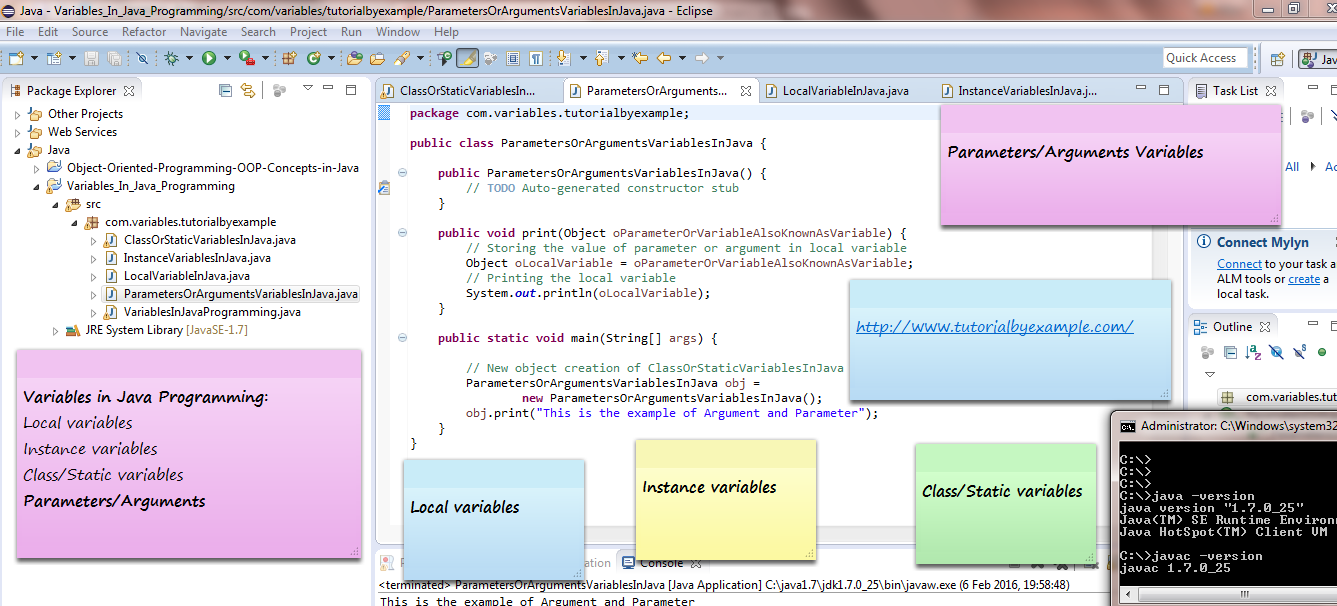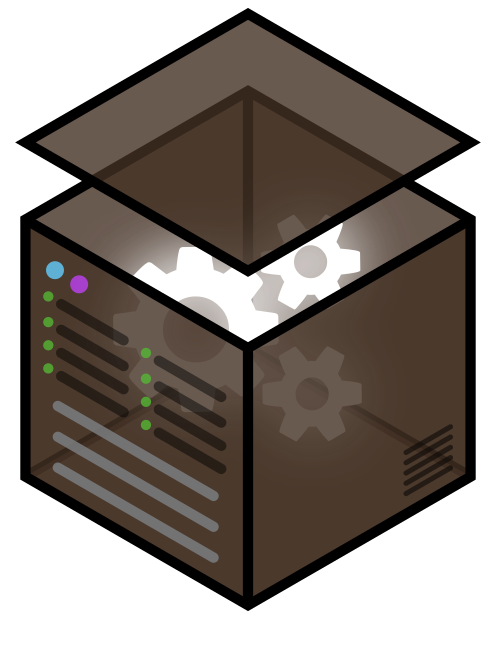

To manually get a reference to an individual netbox, drag the network box from the network editor into the Python shell. To create a network box, call () on the parent network. Network boxes have an internal name you can use to script them, but it’s not displayed in the network editor (the text in the netbox title bar is actually the netbox’s comment string). Select the box and click a color, or drag a color onto the box. In the network editor, choose Tools ▸ Show Palette: Colors to show the color palette. If you hold ⌃ Ctrl and click the minimize/restore button, the editor will move other nodes around the netbox to account for its new size. Click the button in a collapsed sticky to restore it to regular size. You can collapse a box down to its top bar to save space or create a cleaner look when you are not working on the box contents.Ĭlick the minus button in the sticky note’s top bar to collapse it. To delete the box and its contents, choose Edit ▸ Delete with network box contents or press ⇧ Shift + ⌦ Del. To delete just the box and leave its contents behind, choose Edit ▸ Delete or press ⌦ Del. Select the box and choose Layout ▸ Resize network boxes to fit. To resize a box, drag one of the corners. You can drag an item slowly toward the edge of a box to expand the box, or drag quickly to remove the item from the box.ĭrag the bar across the top of a box to move the box. This can be useful to annotate the box’s contents. In the network editor menus, choose Add ▸ Network box.ĭouble click in the top bar of the box to edit the network box title. Select the nodes you want inside the new box. You can embed network boxes inside other network boxes, as well as sticky notes and images. This may speed up the display of extremely dense networks.) This makes the network editor use a simplified rectangle shape when Show custom node shapes is off. (You can also set the Use simplified shape when node shapes off option in Edit ▸ Preferences ▸ Network editor. In the network editor, turn off View ▸ Show custom node shapes. To make the current palette the new default, right click the palette and choose Save as defaults. Right click a color in the palette to add, edit, or remove colors.Ĭhanges are saved only for that pane on the current desktop. Note that this any nodes of the same type that already have their own individual custom shape or color will keep them. Hold ⌃ Ctrl when dragging a shape or color onto a node (see above). You can resize the palette by dragging the corner.Ĭhange the default shape/color for all nodes of a certain type (You can also press Z or C to show/hide the palettes.)ĭrag a shape/color from the palette onto a node, or select one or more nodes and click a shape/color in the palette. In the network editor, choose Tools ▸ Show Palette: Shapes or Colors. To edit, click on icon from the top right corner.Īn editor called Diagrammer will be opened in the same space as shown in the picture below.You can customize the shapes and colors of individual nodes to help make them stand out in the crowd, allowing you to locate them visually, especially when you're zoomed out. You can edit the diagrams to create association in the model. The Diagrams from the source will appear as shown in the picture below. Select Context Source > Internal > Apply.Ĥ. Or go to the columns list and then click on column 2. Click on three dots against the Object Type View from the left side then select Context Configuration. For instance, choose a Column Layout with a List in the Column 1.
Networkview instantiate tutorial examplke manual#
Manual Diagrams works as Object Type View, which requires a context from the source.Ģ. They are dynamic, reads the data and generates the diagram through it. Īuto Diagrams uses the same diagram types, but the diagrams are automatically drawn based on the data. Manual Diagrams are integrated with Diagrammer, where you can create associations to the model and edit the diagrams manually. The preview of configured List View is shown in the picture below.ĭiagrams are two types, Manual and Auto diagrams. To edit click on the property or to add the other one, click on + Add Property from the right-side pane.ĥ. To add the Properties, click on Configure on the toolbar or right-click on the view being in the Design Mode. Apply the Title Properties, Thumbnail Property and Tooltip Property as required.Ĥ. Select Data Source, either Element Type for a new one or Filter.

Click on Configuration on the toolbar or right-click on the view.

Click on All Views in the editor and then click on icon placed at the bottom of the list of views. It displays the objects within the model and can be customized.ġ. List view help to navigate to the data which is looking for.

Navigation: erwin Evolve 360 User Help Guide > Collections >


 0 kommentar(er)
0 kommentar(er)
